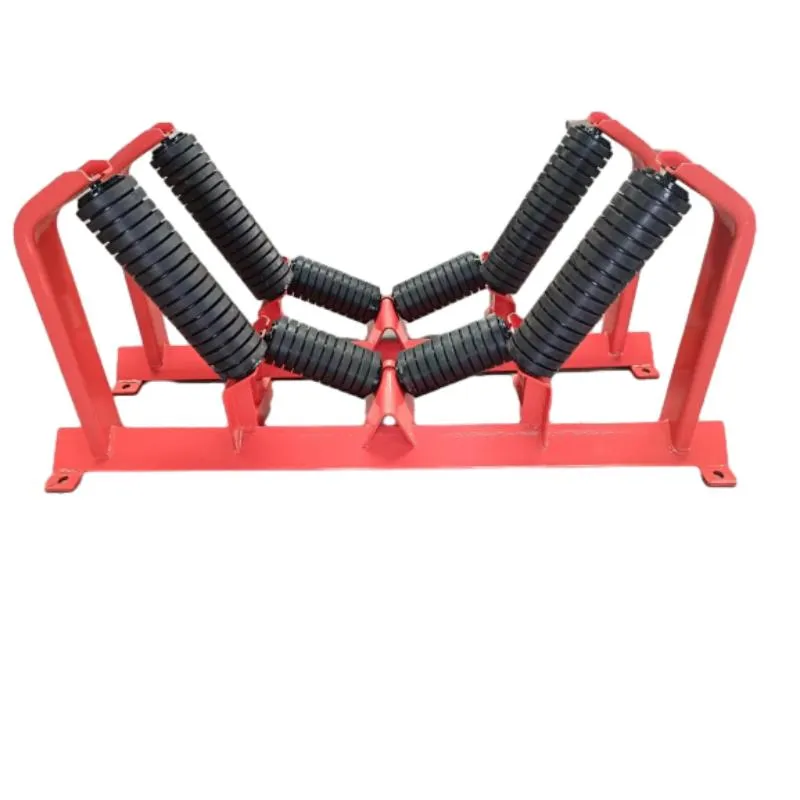 Afrikaans
Afrikaans  Albanian
Albanian  Amharic
Amharic  Arabic
Arabic  Armenian
Armenian  Azerbaijani
Azerbaijani  Basque
Basque  Belarusian
Belarusian  Bengali
Bengali  Bosnian
Bosnian  Bulgarian
Bulgarian  Catalan
Catalan  Cebuano
Cebuano  Corsican
Corsican  Croatian
Croatian  Czech
Czech  Danish
Danish  Dutch
Dutch  English
English  Esperanto
Esperanto  Estonian
Estonian  Finnish
Finnish  French
French  Frisian
Frisian  Galician
Galician  Georgian
Georgian  German
German  Greek
Greek  Gujarati
Gujarati  Haitian Creole
Haitian Creole  hausa
hausa  hawaiian
hawaiian  Hebrew
Hebrew  Hindi
Hindi  Miao
Miao  Hungarian
Hungarian  Icelandic
Icelandic  igbo
igbo  Indonesian
Indonesian  irish
irish  Italian
Italian  Japanese
Japanese  Javanese
Javanese  Kannada
Kannada  kazakh
kazakh  Khmer
Khmer  Rwandese
Rwandese  Korean
Korean  Kurdish
Kurdish  Kyrgyz
Kyrgyz  Lao
Lao  Latin
Latin  Latvian
Latvian  Lithuanian
Lithuanian  Luxembourgish
Luxembourgish  Macedonian
Macedonian  Malgashi
Malgashi  Malay
Malay  Malayalam
Malayalam  Maltese
Maltese  Maori
Maori  Marathi
Marathi  Mongolian
Mongolian  Myanmar
Myanmar  Nepali
Nepali  Norwegian
Norwegian  Norwegian
Norwegian  Occitan
Occitan  Pashto
Pashto  Persian
Persian  Polish
Polish  Portuguese
Portuguese  Punjabi
Punjabi  Romanian
Romanian  Russian
Russian  Samoan
Samoan  Scottish Gaelic
Scottish Gaelic  Serbian
Serbian  Sesotho
Sesotho  Shona
Shona  Sindhi
Sindhi  Sinhala
Sinhala  Slovak
Slovak  Slovenian
Slovenian  Somali
Somali  Spanish
Spanish  Sundanese
Sundanese  Swahili
Swahili  Swedish
Swedish  Tagalog
Tagalog  Tajik
Tajik  Tamil
Tamil  Tatar
Tatar  Telugu
Telugu  Thai
Thai  Turkish
Turkish  Turkmen
Turkmen  Ukrainian
Ukrainian  Urdu
Urdu  Uighur
Uighur  Uzbek
Uzbek  Vietnamese
Vietnamese  Welsh
Welsh  Bantu
Bantu  Yiddish
Yiddish  Yoruba
Yoruba  Zulu
Zulu guide rollers for conveyors
Guide Rollers for Conveyors An Essential Component for Efficient Material Handling
In today’s fast-paced industrial environment, efficient material handling systems are crucial for maintaining productivity and reducing operational costs. One key component of these systems is the guide roller, which plays a vital role in ensuring the smooth operation of conveyor systems. This article explores the importance of guide rollers, their design, types, applications, and maintenance practices that can enhance the performance of conveyor systems.
Understanding Guide Rollers
Guide rollers are cylindrical components used to help guide and support materials as they move along conveyor belts. They are designed to reduce friction and wear on the conveyor system, thus facilitating smoother motion and less energy consumption. By providing stability to the materials being transported, guide rollers prevent misalignment and ensure that items remain on the conveyor path, thus improving safety and efficiency.
Design Considerations for Guide Rollers
The design of guide rollers is critical to their performance. Factors such as material selection, diameter, width, and bearing type determine the roller's functionality. Common materials for guide rollers include rubber, plastic, and various metals, each offering different levels of durability, resistance, and friction properties.
The size of the roller also plays a significant role; larger diameters can reduce the number of revolutions required to achieve a given distance, while smaller diameters may provide better maneuverability. Additionally, the selection of bearings, whether sealed or open, can influence the reliability and maintenance requirements of the rollers.
Types of Guide Rollers
There are various types of guide rollers, each designed for specific applications
1. Flat Guide Rollers These have a flat surface and are typically used in applications where materials need to be guided along a flat surface, such as in packaging or assembly lines.
guide rollers for conveyors

3. Cylindrical Rollers These are the most common guide rollers and are suited for straight-line applications. Their simple design makes them easy to replace and maintain.
4. Adjustable Rollers These allow for height adjustments, making them versatile for different conveyor configurations. They can be fine-tuned according to the specific requirements of the load being transported.
Applications of Guide Rollers
Guide rollers have a wide range of applications across various industries, including manufacturing, logistics, and food processing. In manufacturing, they are used extensively in assembly lines to guide products through multiple stages of production. In the logistics sector, guide rollers facilitate the smooth movement of goods in warehouses and distribution centers, where timely handling is crucial.
In the food processing industry, guide rollers must comply with stringent hygiene standards. They are often made from easy-to-clean materials to ensure food safety while maintaining an efficient movement of goods.
Maintenance of Guide Rollers
Regular maintenance of guide rollers is essential to prolong their lifespan and maintain optimal performance. This includes checking for signs of wear, misalignment, and corrosion. Lubrication should be performed according to the manufacturer's recommendations, and any damaged rollers should be replaced immediately to avoid disruptions in the conveyor system's operation.
Dust and debris can accumulate on guide rollers, leading to increased friction and wear. Therefore, implementing a cleaning schedule can help prevent these issues and ensure that the conveyor system operates efficiently.
Conclusion
Guide rollers are integral components of conveyor systems, ensuring the smooth and efficient transportation of materials in various industries. By understanding their design, types, applications, and maintenance needs, businesses can enhance their material handling efficiency and minimize downtime. Investing in high-quality guide rollers and implementing proper maintenance practices will ultimately result in a more productive and cost-effective operation.
-
Revolutionizing Conveyor Reliability with Advanced Rubber Lagging PulleysNewsJul.22,2025
-
Powering Precision and Durability with Expert Manufacturers of Conveyor ComponentsNewsJul.22,2025
-
Optimizing Conveyor Systems with Advanced Conveyor AccessoriesNewsJul.22,2025
-
Maximize Conveyor Efficiency with Quality Conveyor Idler PulleysNewsJul.22,2025
-
Future-Proof Your Conveyor System with High-Performance Polyurethane RollerNewsJul.22,2025
-
Driving Efficiency Forward with Quality Idlers and RollersNewsJul.22,2025





























